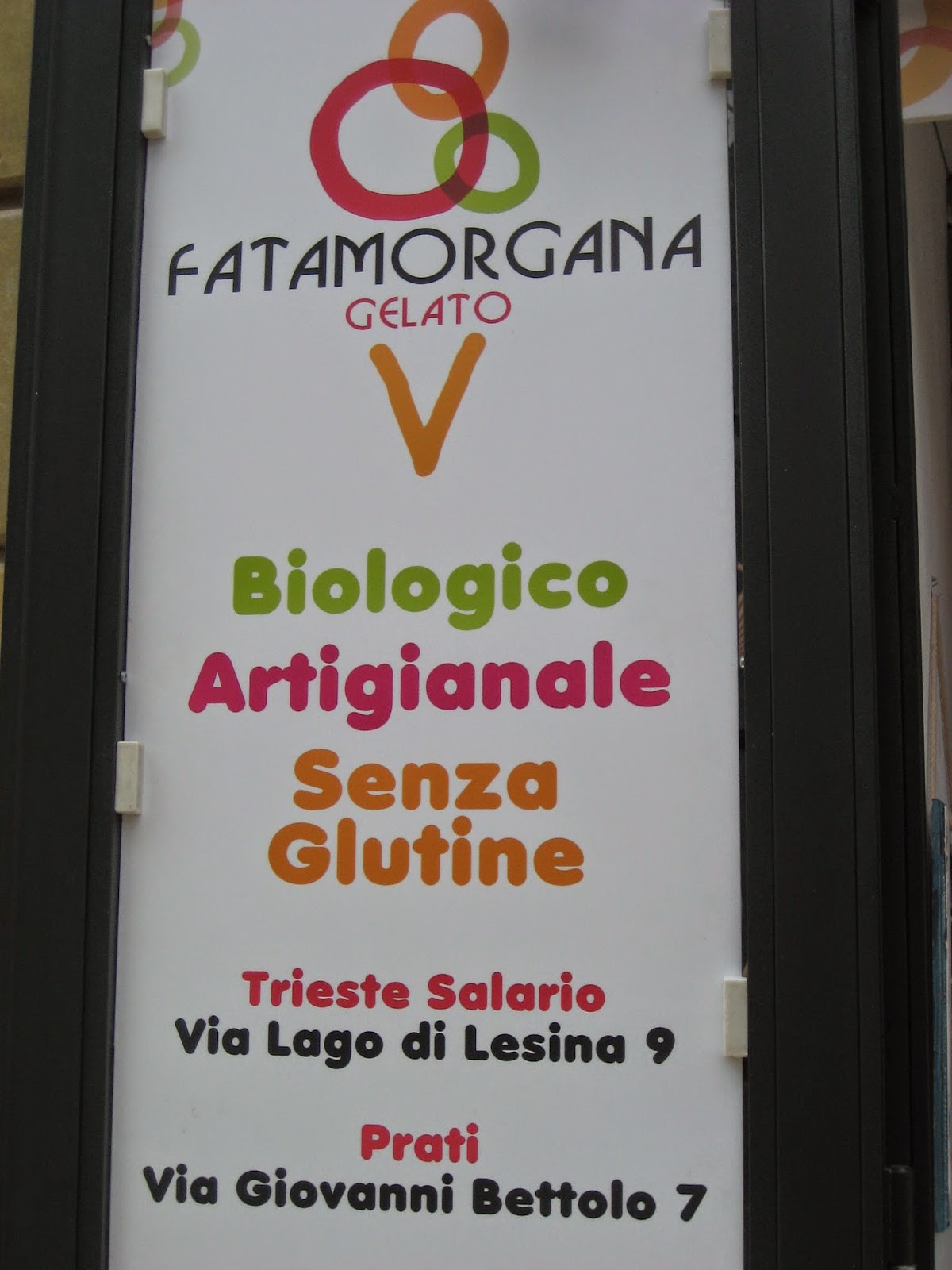 |
| image of rotini pasta salad provided by Catelli |
I recently blogged about
Catelli’s gluten free pasta and they invited me participate in a special launch
event for their new gluten free macaroni. I was unable to attend but you can
see my post on their product and the thumbs up I've given them HERE.
There couldn't be a more appropriate topic to write about after my recent trip to Roma.... (If you missed that post – you'll find
a great Roman gluten-free round up HERE).
GF pasta can be tricky stuff when you first get started... but with these tips you'll be ready to serve pasta to the fussiest of Italian palettes!
Top 10 Pasta Cooking Tips
* Pasta should be cooked according to the directions
on the pasta box. For some recipes that require the pasta to be cooked in sauce
following boiling, however, an al dente consistency is preferred. For such
recipes, cut one to two minutes off the cooking time on the package.
* When cooking pasta, use a large pot. You will need
one quart of water to approximately 100 grams of pasta. Using a large pot
will give the pasta room to boil and not stick together.
* Over-seasoning the water with salt – bringing it
almost to the taste of the sea – will substantially enhance the flavour profile
of the dish. As a rule of thumb, use 10 grams of salt for one litre of water
and 100 grams of pasta.
* Never add oil to the water when cooking pasta.
It does not keep it from sticking together. In fact, the oil creates a
coating that prevents the sauce from adhering to the pasta. This is undesirable
because you want the pasta to soak up the sauce.
* Always stir the pasta for about 45 seconds after
adding it to boiling water. Then, stir occasionally as the cooking
process continues, especially during the first three minutes, as that’s when
the pasta can stick together.
* To test if the pasta is ready, bite into a noodle.
If the external noodle is soft and yellow in colour (indicating doneness) and
the core is a chalky white colour (indicating that it is a little underdone),
the pasta is ready to be removed from the water.
* Never rinse pasta after cooking, as it’s important
to retain the starch to enable the sauce to coat.
* For some recipes that require the pasta to be cooked
in sauce following boiling (see first bullet point), add the pasta to the sauce
in a separate pot. Finish cooking the pasta in the sauce for the final minutes
of cooking, allowing the starch to fully release from the pasta into the sauce,
adding full flavour to the pasta and making the eating experience more
enjoyable.
* When making a pasta dish, think about the harmony of
taste, texture and balance between noodle and sauce. Thin pasta strips, for
example, work best with a classic tomato, seafood or pesto sauce. Thicker pasta
cuts, such as fettuccine, are wonderful for a cheese or cream-based sauce.
Filled pasta is ideal with a light tomato broth or cream sauce.
* Use herbs generously for added flavour. When using
parsley – the most used herb in the Italian kitchen – don’t chop it, but
rather, slice it with a sharp knife. If you see a green stain when you
cut herbs, that means your knife is not sharp and you are losing flavour.
For basil, another popular pasta-enhancing herb, tear the leaves rather than
chop them to avoid bruising the herb. Always add herbs to the pasta at the last
minute to retain their vibrant colour and natural flavour.
These tips are brought to us by Chef John Higgins, Director of the leading George Brown Chef School in Toronto. He is also a judge on the Food Network’s Chopped Canada and was formerly personal chef for the Queen Mother. He helped launch Catelli's latest product with a cooking demonstration. You can click on the link above to learn more about Catelli and their growing range of fine gluten-free products.






































